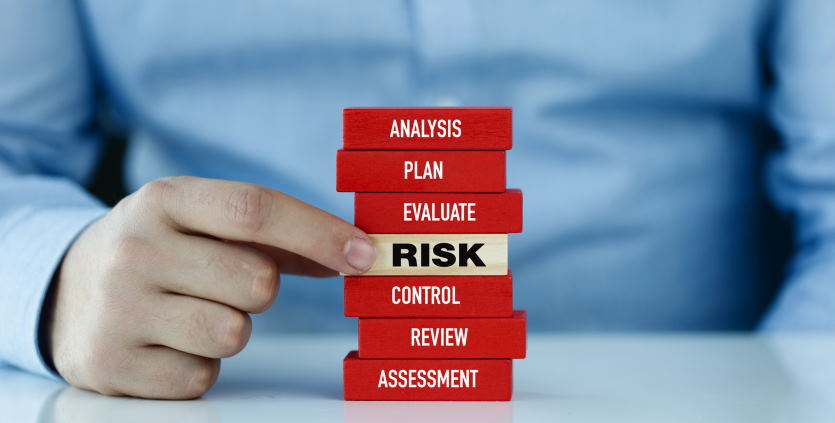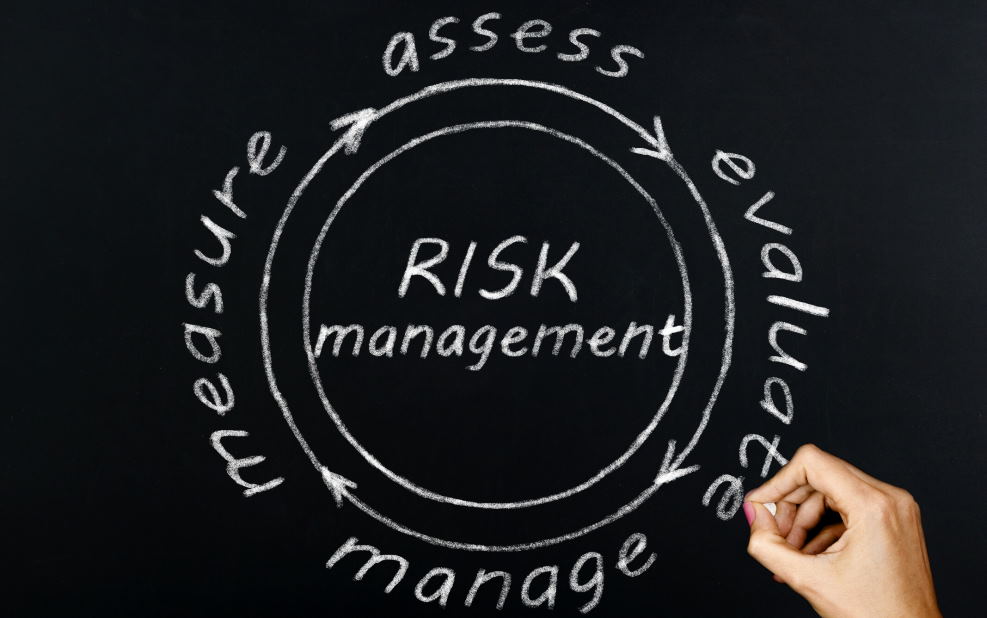Nonprofits face many risks that require effective risk management. From the theft of financial information to natural disasters, there are many potential dangers your organization can encounter. Thankfully, by following some essential tips, you can help keep your nonprofit safe and secure. In this blog post, we will explore some of the most important risk management strategies for nonprofits. So read on to learn more!
Nonprofit organizations effective risk management
As a nonprofit organization, you are likely always looking for ways to do more with less. But when it comes to risk management, skimping can have serious consequences.
By definition, the risk is the possibility of loss or injury. And while all organizations face some level of risk, nonprofits are often at a higher risk because they often operate on slim margins and have fewer resources than for-profit businesses.
Nonprofits also tend to be mission-driven, which can sometimes lead to risks in pursuing the organization’s goals.
However, there are steps that all nonprofits can take to minimize the risks they face. Here are some essential tips for nonprofit risk management:
- Conduct a Risk Assessment
The first step in managing risk is identifying your organization’s risks. This can be done through a formal risk assessment process, which can help you identify both internal and external risks.
Once you have identified your organization’s risks, you can begin to develop strategies for managing them.
- Create Policies and Procedures
One of the best ways to manage risk is to create policies and procedures that address specific risks. For example, if your organization deals with sensitive data, you should have a policy for collecting, storing, and destroying that data.
Creating policies and procedures can help to prevent risks from happening in the first place and can also help to mitigate the damage if a risk does occur.

- Implement Risk Control Measures
Once you have identified the risks your organization faces and developed strategies for managing them, you need to implement those strategies. This might involve implementing new technologies or processes, training employees on new procedures, or hiring new staff with specific expertise in risk management.
- Monitor and Evaluate Progress
Risk management is an ongoing process, not a one-time event. Once you have implemented your risk management plan, you need to monitor its effectiveness and make adjustments.
You should also periodically review your risk assessment to identify any new risks that might have arisen.
By following these tips, you can help keep your nonprofit organization safe from its many risks.
Charities and risk management: tips to reduce the risks associated with your nonprofit organization
As a charity, you are constantly balancing the need to do good with the need to keep your organization running smoothly. This can be a difficult task, especially when managing risk.
Many risks come with running a nonprofit organization, but there are also ways to mitigate these risks. By taking some simple steps, you can reduce the likelihood of something going wrong and help ensure that your charity can continue its vital work.

Here are some tips on how to manage risk in your charity:
- Have a clear understanding of the risks involved in your work.
No charity is immune from risk, but some organizations are more vulnerable than others. Therefore, it is important to clearly understand your charity’s risks to put in place appropriate measures to mitigate them.
Some of the most common risks faced by charities include financial mismanagement, data breaches, reputational damage, and legal action.
- Have a plan in place for how to deal with risks if they do occur.
No matter how well you manage risks, there is always a chance that something could go wrong. That is why it is important to have a plan in place to deal with risks if they occur.
This plan should include steps for how to contain the problem, communicate with stakeholders, and recover from the incident. By having a plan in place, you can help ensure that your charity can continue its work even if something goes wrong.
 Your support is literally life changing and life saving. Thank you for standing alongside us and the thousands of survivors who need help to leave and recover, we couldn’t do it without you.
Your support is literally life changing and life saving. Thank you for standing alongside us and the thousands of survivors who need help to leave and recover, we couldn’t do it without you.